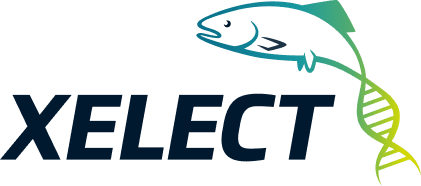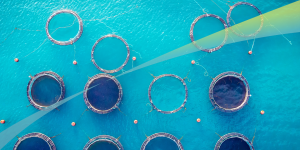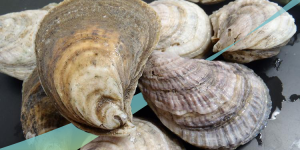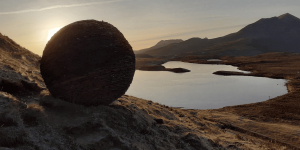Xelect work closely with our customers to use natural genetic diversity to help build disease resistance in their stocks, dramatically reducing the commercial impact of those losses. All diseases are, themselves, unique but the story is usually the same… So what can that experience teach us about COVID-19?
Prevention is always easier than treatment
Unfortunately, many producers wait until they have a problem before acting – by which time it us usually far too late. Developing cures is extremely expensive and, if successful, can take many years. Even when the initial outbreak passes it can easily return if not correctly managed. For example, the lucky catfish who do survive the Channel Catfish Viral Disease (CCVD) will develop lifelong immunity but can remain a carrier, infecting others. When, as expected, the initial outbreak of COVID-19 subsides we have yet to see the likelihood of a secondary outbreak.
It’s a numbers game
Italy, and many other countries, have now resorted to banning public gatherings to prevent the pandemic escalating. Crowds are a big problem when it comes to contagious diseases. Of course the whole concept of a farm is to bring together and raise large numbers of individuals in close proximity. With the high population densities seen in modern farming rapid transfer is almost inevitable if not properly managed.
In Iraq in October 2018, millions of farmed carp were wiped out in a matter of days by the Koi Herpes Virus (KHV) – a lethal disease with a 100% mortality rate. Genetic programmes may well hold the key here, with significant recent progress in using genetic markers to breed for increased natural resistance to KHV. Xelect are currently working with a number of our customers on ground-breaking new techniques which would allow ‘smart’ genomic selection programmes at a fraction of the cost of traditional genomics.
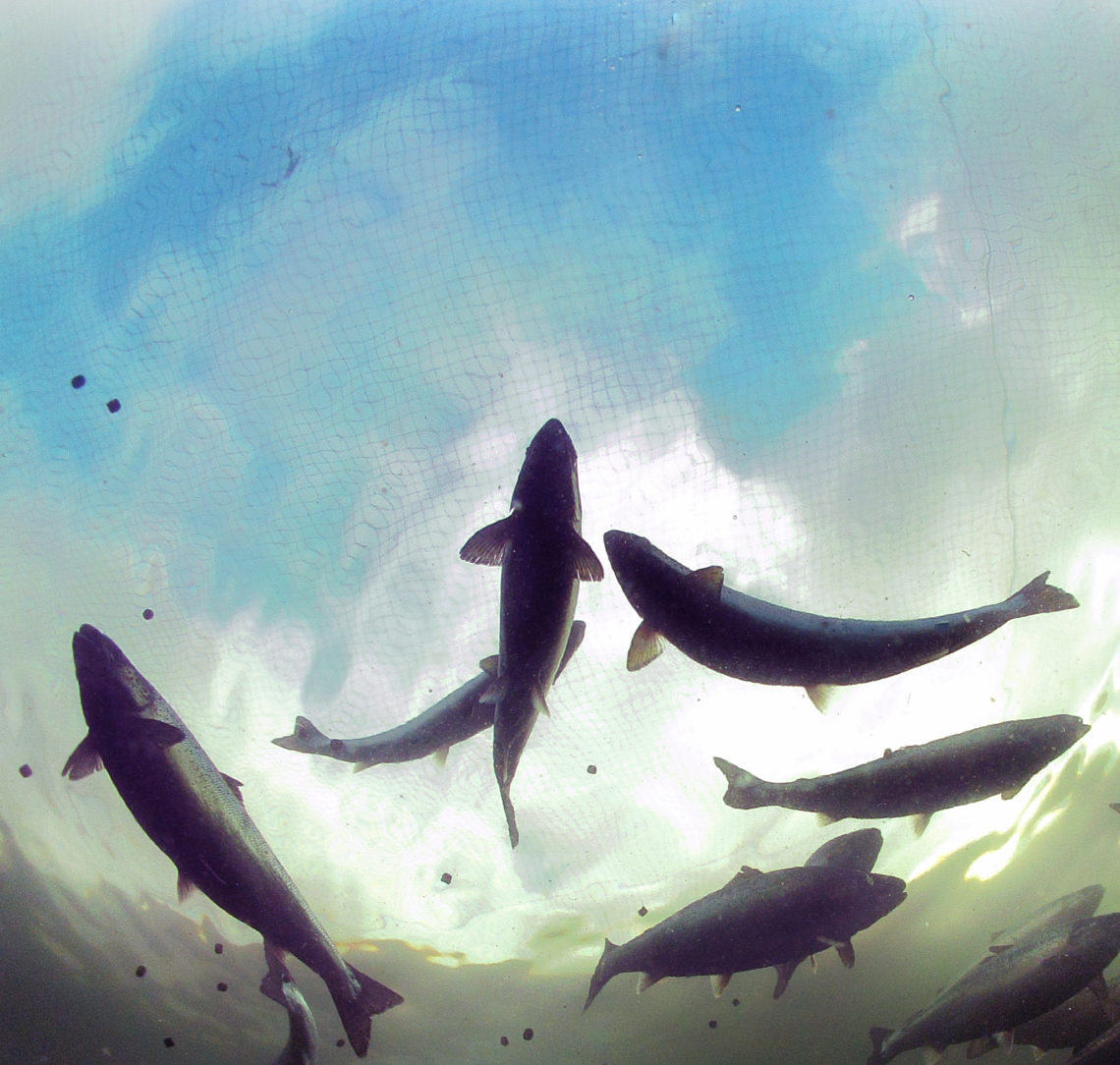
Fast action is critical
Quality aquaculture operations have known this for a while – the key is quick removal of infected individuals, regular tests and monitoring. Yet, whilst such measures can be effective in practice, often they cannot be applied quickly enough to stay ahead of the disease.
Just as humans in self-isolation for Coronavirus symptoms have been warned not to take family pets into quarantine with them, other animals can cause contamination in aquaculture too. For example birds can pick up and drop infected fish between ponds, or even carry viruses in their droppings.
Even preventative measures, such as the use of cleanerfish to reduce lice problems with salmon, could also introduce unintended consequences. For example, there have been several recent cases where the lumpfish being used to reduce lice were found to be carrying Viral Hemorrhagic Septicaemia (VHS) – a notifiable disease, preventing export. Further research is required before the industry will full understand the potential risks.
Data matters
Accurate records and data is essential, both in aquaculture and human epidemiology. The difficulty in identifying and accurately tracking outbreaks of COVID-19 has been seriously hampered by poor quality reporting and data. Similarly, accurate record keeping in aquaculture is invaluable in helping identify the source of any problem and early detection of any new disease.
A clean bill of health
We’re told the single, most effective way to prevent the spread of Coronavirus is to wash our hands. The most successful producers have long understood the importance of strict hygiene and biosecurity programmes including disinfection, deep cleaning, and careful disposal of losses. Whilst operations with poor standards of cleanliness might ‘get away with it’ for a while, in the event of an outbreak they are likely to see a much more dramatic spread.
Modern infrastructure is a blessing – and a curse
Many of the technologies we use to keep our fish fit and healthy can also increase the risk of transfer (such as water circulation systems). The same is true for humans. In many ways our shared infrastructure compounds the problem. Large schools, cramped commuter tubes, mobile phone screens that are rarely cleaned… we’ve created the perfect breeding ground for diseases to spread quickly. Of course technology also offers many advantages – for example Xelect can manage breeding programmes remotely, using video conferencing and virtual tours to get to know our customers.
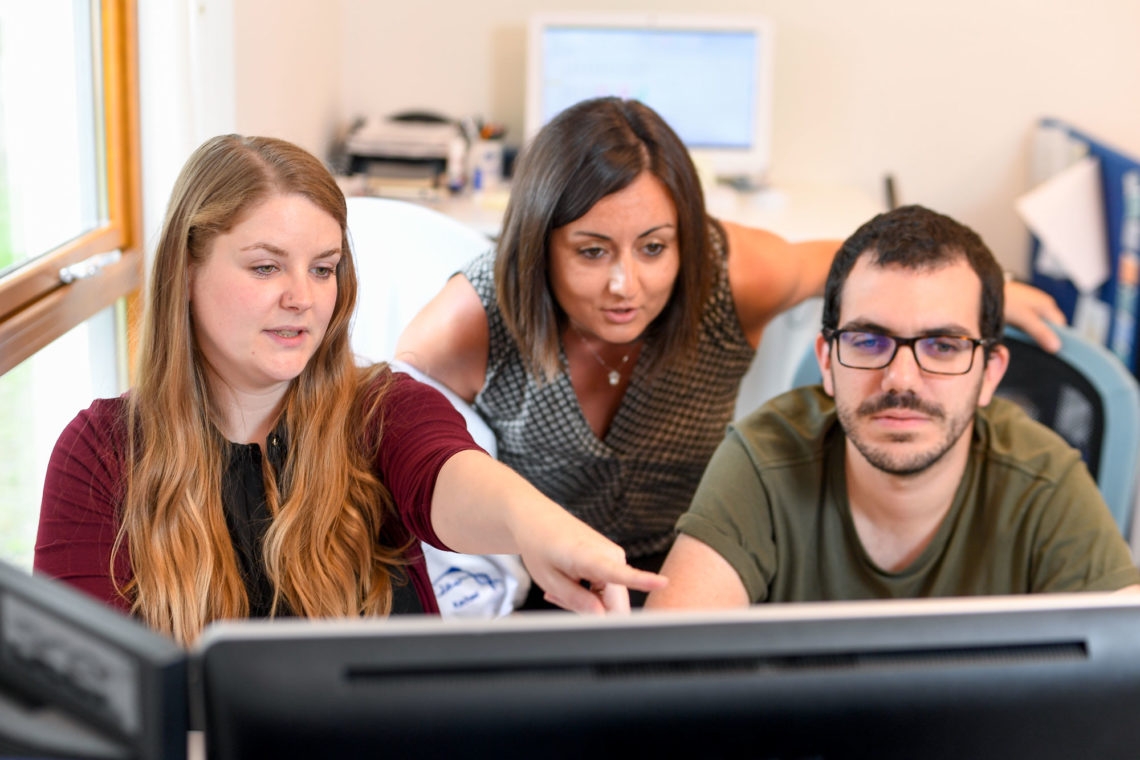
Solutions need to be global – not just local and regional
It’s almost impossible to control large scale pandemics without joined up national, regional and local laws and practices. With global movement of fish and eggs this becomes even more critical. For example, in many aquaculture regimes it’s legally required to certify imported eggs or fish are free of disease. But as we have already seen with the spread of COVID-19 it can be a mistake to simply assume that the checks and safeguards of third parties are sufficient. The same is true in aquaculture. For example, despite Certification, imported catfish from the US was believed to be responsible for bringing Channel Catfish Viral Disease (CCVD) into Honduras and Russia.
New viruses and bacteria are always just around the corner
Diseases themselves evolve, and our efforts to treat them can have the unintended consequence of breeding new, more virulent strains. For example, in salmon there has been evidence that popular lice treatments have in fact resulted in the lice evolving and becoming resistant. Similarly the accepted wisdom is to keep use of antibiotics to a minimum, to mitigate the risk of antibiotic resistance, just as in humans.
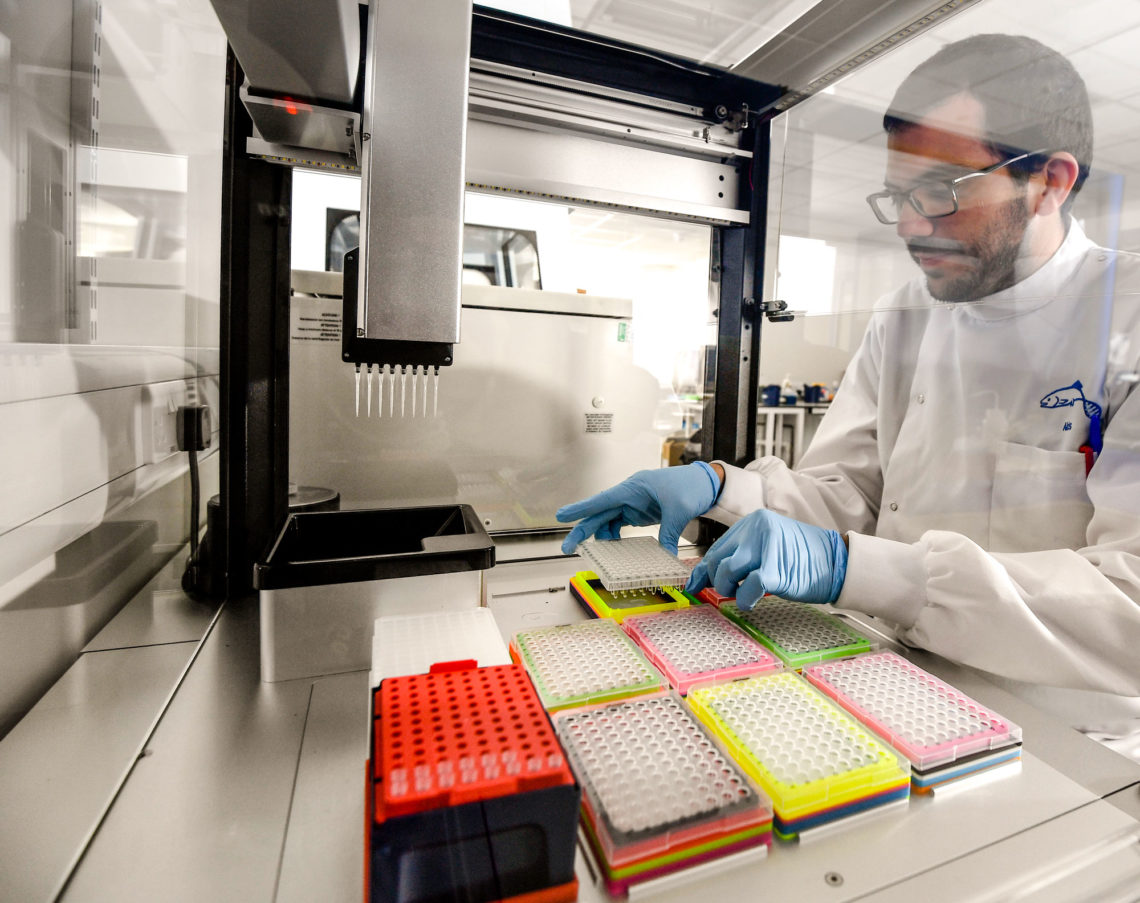
Natural resistance – genetics holds the key
Just as with humans, in aquaculture different individuals and families can have a natural genetic resistance or vulnerability to the main diseases. Xelect are the leading independent experts in genetic services for aquaculture, and routinely work with our customers to select for disease resistance, as well as for other desirable traits.
We can offer a range of genetic tools and programmes to help reduce the commercial impact of disease, and we believe that our new ‘smart’ genomics techniques will prove to be a game-changer for smaller producers.
If you’d like to know more about how Xelect can help you boost the natural disease resistance please get in touch.
